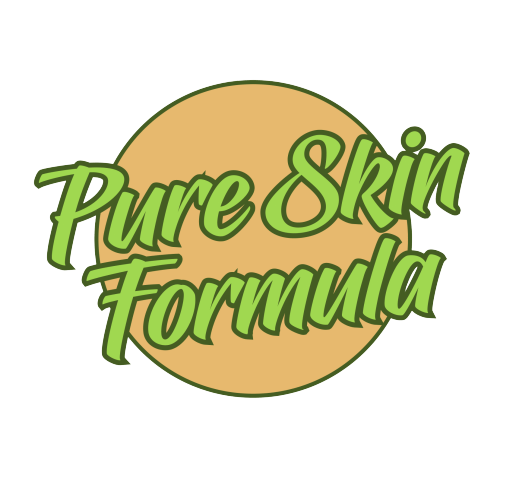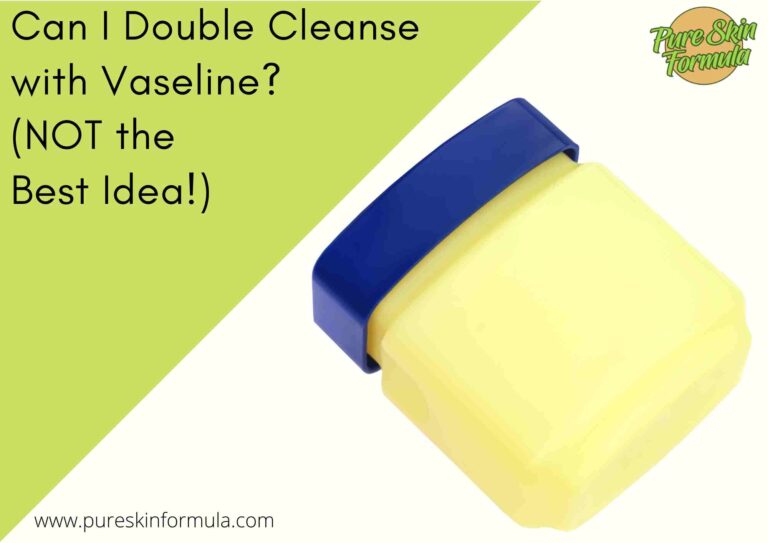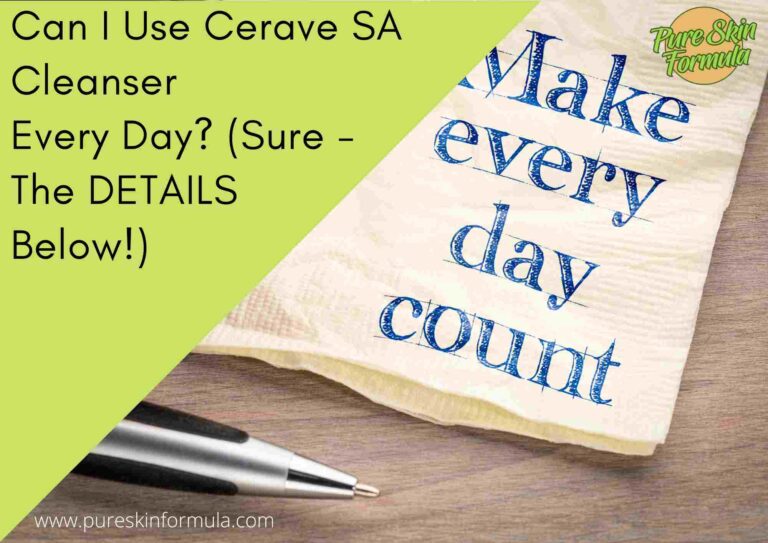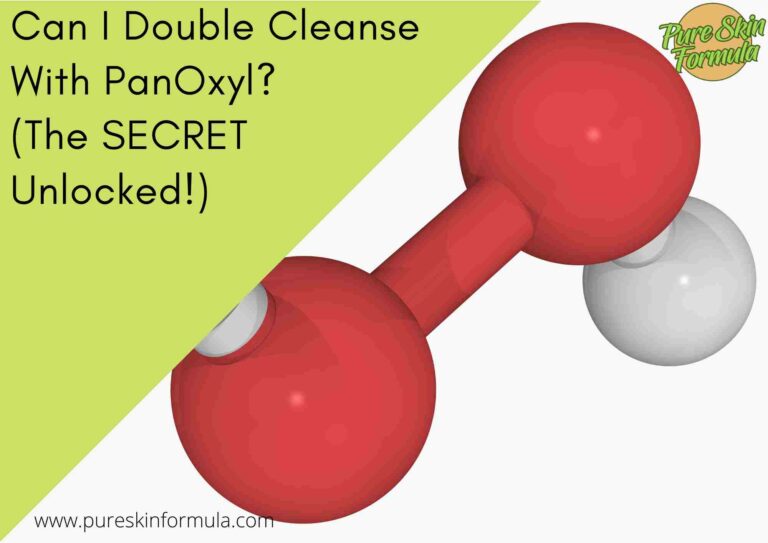Is your skincare routine suddenly feeling like an ordeal? The culprit might be hiding in plain sight: your beloved Cetaphil cleanser. You’re not alone.
This seemingly gentle skincare staple is only sometimes a match made in heaven for everyone. In the next few minutes, I will dive into the intriguing world of skincare science.
We will understand the chemistry on your skin’s surface, demystifying the burning mystery that leaves you puzzled. The role of ingredients, the influence of skin types, and the nuanced reactions of your dermis will be unveiled.
Why does Cetaphil cleanser burn my face?
Cetaphil cleanser typically doesn’t cause a burning sensation, as it’s formulated to be gentle and suitable for sensitive skin. However, some people may experience burning for a few reasons:
1. Skin sensitivity. Even mild products like Cetaphil can cause discomfort if you have sensitive skin.
2. Allergic reactions. Occasionally, you may be allergic to one or more ingredients in Cetaphil. This can lead to redness, burning, or itching.
3. Improper usage. Using too much cleanser, not rinsing it off properly, or scrubbing too hard can irritate the skin.
4. Pre-existing skin conditions. Cetaphil might exacerbate the discomfort if you have an underlying skin condition like eczema or sunburn.
To address this issue, consider patch testing, reducing the amount used, or switching to a different Cetaphil product. If the burning persists or worsens, consult a dermatologist to rule out allergies or underlying skin problems. Skincare should be adapted to your unique skin type and needs for the best results.
Let’s get into detail.
Understanding Cetaphil cleanser
Cetaphil is like the trusted old friend in your skincare routine. It’s a brand known for its gentle, no-nonsense approach to skincare. What sets it apart is its reputation for being one of the gentlest and mildest skincare brands out there.
The brand was born in 1947, and since then, it has become a household name for people with sensitive or problem-prone skin. Dermatologists love it, your grandma swears by it, and there’s a good reason for that – it works.
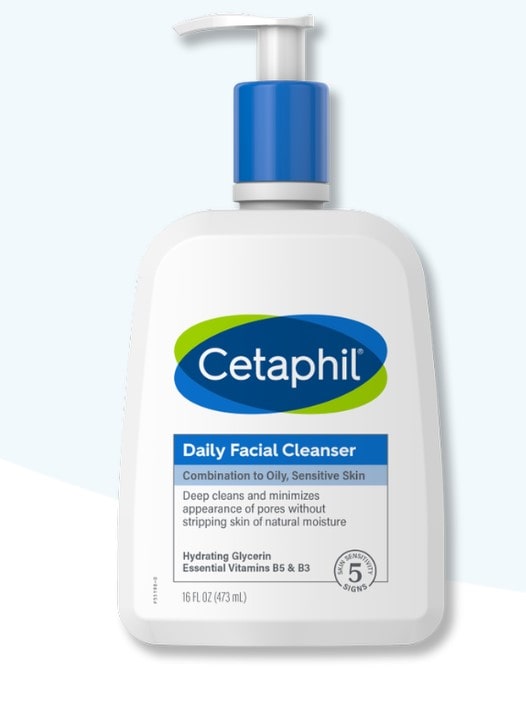
Cetaphil’s reputation in the skincare industry is built on simplicity. They’re not about fancy, over-the-top promises or marketing gimmicks.
Instead, Cetaphil focuses on making products that gently clean, hydrate, and protect your skin without the drama. So, when you pick up a Cetaphil product, you know you’re in good hands.
Cetaphil offers a range of cleanser products to suit various skincare needs. Let’s explore a few of them.
Cetaphil Gentle Skin Cleanser. This is the OG, the classic. It’s ultra-mild and suitable for all skin types, even the most sensitive. It’s like a gentle hug for your face, removing dirt and makeup without causing a fuss.
Cetaphil Daily Facial Cleanser. Want something that feels more refreshing? This one has a slightly foaming action, perfect for a morning wake-up call or a post-workout clean.
Cetaphil Pro DermaControl Oil Removing Foam Wash. For those dealing with oily or acne-prone skin, this one’s got your back. It helps control excess oil without over-drying.
Cetaphil Extra Gentle Daily Scrub. Need some gentle exfoliation? This scrub is here to slough away dead skin cells and leave you with a smoother complexion.
Cetaphil Restoraderm Eczema Calming Body Wash. This body wash is a soothing option for treating eczema or extra dry skin.
What are the critical ingredients in Cetaphil cleansers?
Here’s a peek behind the label.
1. Water: It’s the base of most cleansers and helps dissolve other ingredients.
2. Cetyl Alcohol: This is a fatty alcohol, not a drying kind of alcohol. It’s what gives the cleanser its creamy texture.
3. Cocamidopropyl Betaine is used as a foam booster in shampoos. It is a medium-strength surfactant also used in bath products like hand soaps. It is also used in cosmetics as an emulsifying agent and thickener to reduce irritation purely ionic surfactants would cause.
4. Disodium Laureth Sulfosuccinate is a cleansing agent or a surfactant commonly found in shampoos and hair cleansing formulas. As opposed to sulfates, which are small molecules, disodium laureth sulfosuccinate is a large molecule that cannot penetrate the scalp or skin.

5. Stearic Acid: Another fatty acid, it helps the cleanser maintain its texture and form.
6. Sodium Cocoamphoacetate is a clear, yellowish liquid that works as a cleansing agent. Its structure makes it very mild, with excellent foaming properties.
7. Sodium Benzoate is a preservative added to some sodas, packaged foods, and personal care products to prolong shelf life.
These ingredients may sound technical, but the key thing to remember is that Cetaphil takes a minimalist approach, using ingredients that are unlikely to irritate.
In theory, Cetaphil cleanser should be as gentle as a kitten’s paw. Here’s why it shouldn’t cause a burning sensation:
Cetaphil uses ingredients known for their mildness—no harsh chemicals or strong fragrances to trigger discomfort.
It maintains a pH balance close to that of your skin, which means it’s not too acidic or too alkaline. This helps prevent irritation.
The formula is designed to be non-comedogenic and not to clog your pores, reducing the risk of acne and skin issues.
So, the burning sensation is not something Cetaphil intends to cause. If you experience it, it’s likely due to other factors. Let’s see them.
Common causes of a burning sensation
Sensitive skin reactions
Sometimes, even the gentlest of cleansers can stir up a little trouble. If you have sensitive skin, you might experience that slight burning sensation when using Cetaphil. Your skin’s like a delicate flower; even the mildest ingredients can cause a reaction.
Allergic Reactions
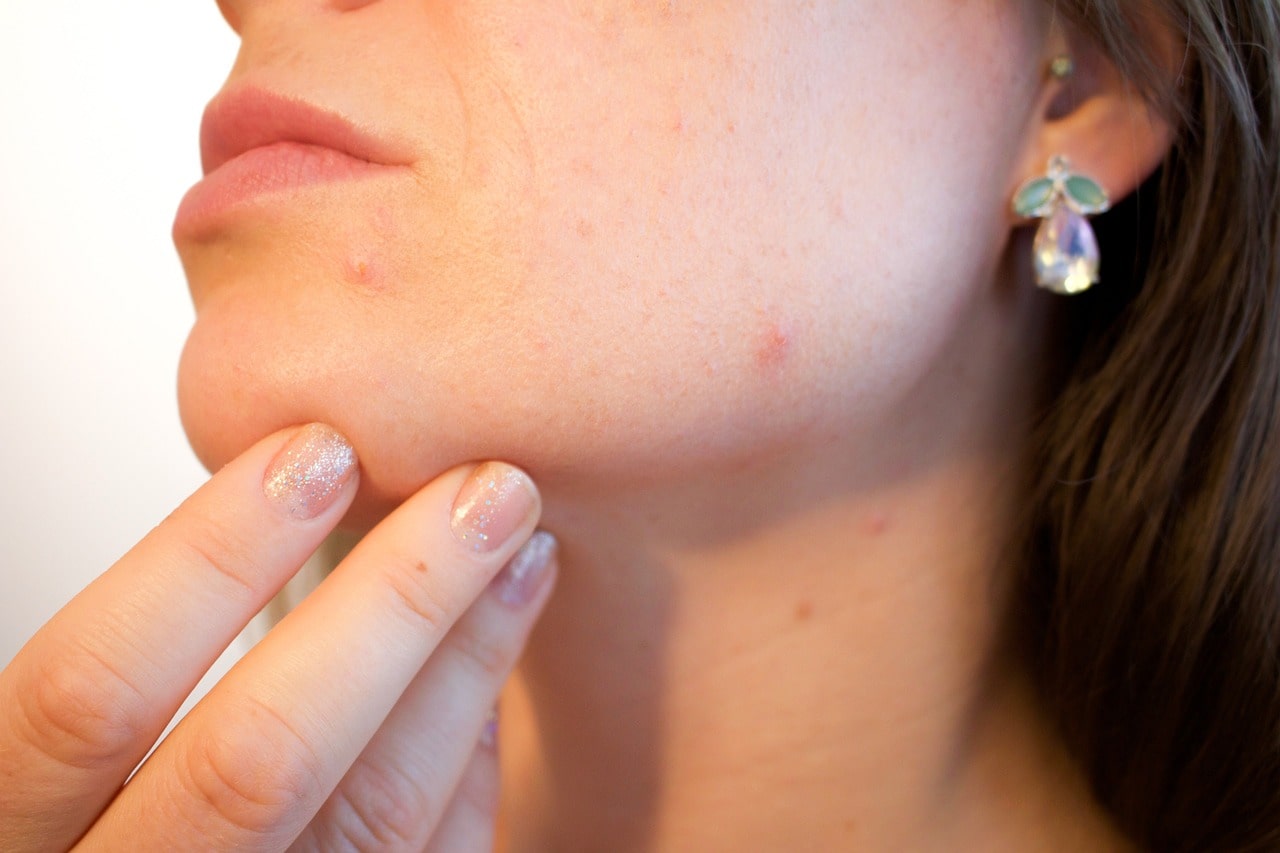
Ah, allergies, the ultimate party pooper for your skin. While Cetaphil is formulated to be kind to your face, some folks might still be allergic to specific ingredients. It’s like ordering a pizza with mushrooms when you’re allergic to fungi – not a good idea.
Overuse or improper application
Ever heard the saying, “Too much of a good thing”? Well, it applies here, too. Using too much Cetaphil or not rinsing it off properly can lead to discomfort. It’s like eating your favorite dessert in excess – delicious, but not when you overindulge.
Pre-existing Skin Conditions
If your skin’s already throwing a tantrum with issues like eczema, rosacea, or sunburn, Cetaphil may not be the superhero it usually is. These conditions can make your skin super-sensitive, and the gentlest products might not feel so gentle.
Skin Type
Your skin type plays a massive role. Oily, dry, sensitive, or a combination – they all have unique quirks.
Previous Experience
Your skin remembers, and if it had a not-so-great time with a product in the past, it might protest the next time you use it.
Your skin is your best friend. Finding the perfect skincare routine might need some trial and error, and that’s okay. Listen to what it’s telling you, and you’ll be on your way to happy, healthy skin.
How to avoid or minimize allergic reactions?
Common allergy triggers can include preservatives, fragrances, or even essential oils. Your skin is like a detective trying to figure out who the suspect is in a lineup of ingredients.
So, do you suspect an ingredient might be causing the drama on your skin? It’s time to play detective. Here’s how you can do it without enlisting Sherlock Holmes:
Do patch testing. It’s like a trial run for your skin. Dab a small amount of the product on your inner forearm or behind your ear and wait. If no redness, itching, or burning happens in the next 24 hours, your skin probably gives it a thumbs-up.
Read labels. Be your skin’s advocate. Always read the ingredient list. If you’ve reacted to specific ingredients before, look out for them in new products.
Consult a dermatologist. If you’ve had severe allergic reactions or aren’t sure what’s causing the issue, a dermatologist can be your best ally. They can perform patch tests with various common allergens to pinpoint the troublemaker.
What if you have sensitive skin?
If your skin’s as sensitive, you can still make Cetaphil your BFF. Here’s how:
Try a patch test as already described.
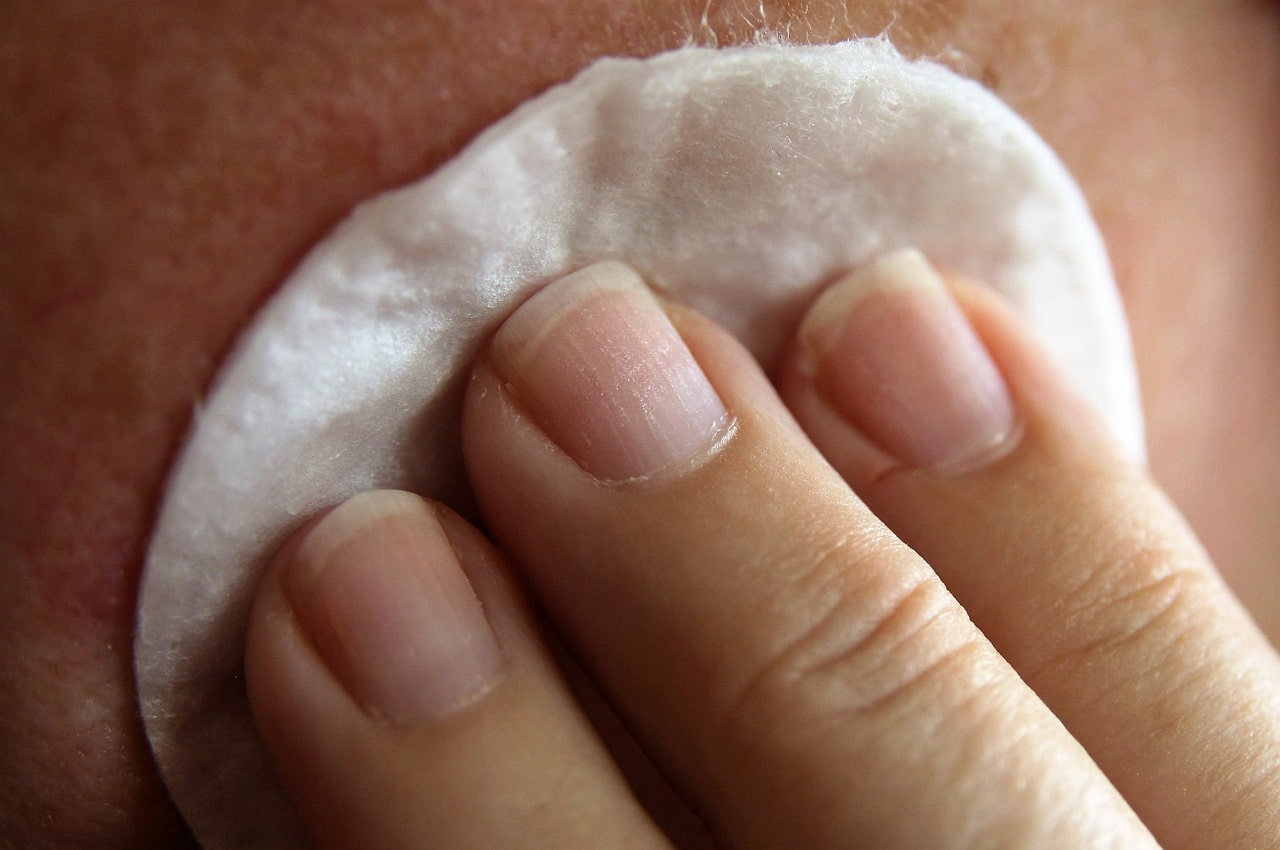
Use lukewarm water. Hot water is not your friend. It can irritate your skin even more. Stick to lukewarm water when cleansing.
Don’t rub or scrub vigorously. Apply the cleanser gently, in circular motions, and rinse with care.
Less is more. You don’t need a palmful of product. A little goes a long way, especially for sensitive skin.
After cleansing, follow up with a soothing, fragrance-free moisturizer to lock in hydration.
Consult a dermatologist if you are in doubt or if your sensitive skin continues to protest. They can guide you on the best skincare routine for your unique skin.
How to properly apply the product?
Imagine using a chocolate chip cookie recipe and swapping the sugar for salt – it won’t taste good, right? Skincare products, like Cetaphil cleanser, come with instructions, and following them is crucial.
They are designed to ensure you get the best results while minimizing the risk of irritation.

Now that you know following instructions is essential, let’s dive into how to apply Cetaphil like a pro:
Start with a wet face. This helps the cleanser spread more quickly and ensures a gentler cleanse.
You don’t need a palmful of cleanser. Just a tiny, coin-sized amount is usually sufficient.
Apply the cleanser with gentle, upward, circular motions. Avoid scrubbing aggressively; your skin isn’t a dirty pot.
When you’re done, rinse your face thoroughly with lukewarm water. Make sure there’s no residue left.
After rinsing, pat your face dry with a clean, soft towel. Avoid rubbing, as this can irritate sensitive skin.
Finish with a moisturizer to lock in hydration and keep your skin happy.
Pre-existing skin conditions?
Dealing with pre-existing skin conditions is like juggling flaming torches – a real challenge. Adding a new skincare product, even one as gentle as Cetaphil, can sometimes throw a wrench into the works.
If you have eczema, your skin’s already in a touchy mood. Cetaphil’s mildness might help, but there’s still a chance it could sting or exacerbate the condition, mainly if your skin is in a flare-up phase.
Those with rosacea have skin that’s prone to redness and flushing. Cetaphil’s gentle approach is appreciated, but it may not be enough to calm the rosacea storm fully.
Sunburned skin is like a cranky toddler – it needs all the gentle love and care it can get. While Cetaphil’s usually mild, sunburned skin may still react to it.
Are there alternatives for pre-existing skin conditions?
If you have eczema, look for cleansers with colloidal oatmeal or ceramides. They provide the extra oomph that eczema-prone skin needs.

For rosacea, seek a cleanser with a neutral pH and anti-inflammatory ingredients like chamomile or aloe vera to help calm the redness.
For sunburn, the best approach is to use a gentle, hydrating cleanser and apply a soothing aloe vera gel afterward.
By the way, some Cetaphil products address the abovementioned issues. Just look at what they offer – you may find an appropriate formula.
Once again, always consult with a dermatologist, especially when dealing with these skin conditions. They can recommend products and routines tailored to your specific needs.
Personalizing your skincare routine
Your skin is like a superhero, and every superhero has its own set of powers and vulnerabilities. Understanding your skin type is the first step in your journey.
If your skin gets shiny throughout the day, you’re probably in the oily skin camp. Don’t worry; it’s your skin’s way of staying hydrated.
You might have dry skin if your skin often feels tight and flaky. Your skin’s like a sponge, eager to soak up moisture.
Some people have a bit of both. It’s like a tug-of-war between dry and oily patches on your face.
Sensitive skin is like a delicate flower, prone to redness, irritation, and burning. It demands the gentlest care.
Lucky you! You’re in the normal skin club if your skin is balanced, not too oily or dry.
Once you’ve identified your skin type, choosing products and routines tailored to your skin’s unique needs is more manageable.
Why?
When you cater to your skin’s specific needs, you’re more likely to see the results you desire. It’s like using a map tailored to your destination.
A personalized routine helps prevent common skin problems. It’s your shield against acne, dryness, or irritation.
You’re not wasting money on products that don’t work for your skin. It’s like shopping for clothes that fit.
Customizing your skincare makes your skin feel happier, healthier, and more comfortable.
Conclusion
In the realm of skincare, knowledge is your greatest ally. Understanding why your Cetaphil cleanser occasionally ignites that burning sensation is the first step toward a healthier, more harmonious relationship with your skin.
You’ve gained valuable insights into skincare science as we explored the myriad factors behind this perplexing issue, from skin sensitivities to ingredient interactions.
There is no one-size-fits-all solution, but you can find the path to skin nirvana by tailoring your routine to your unique skin type, patch-testing new products, and consulting a dermatologist when needed.
Thank you for reading!
Valeria
